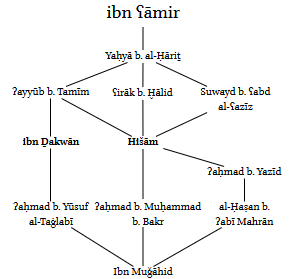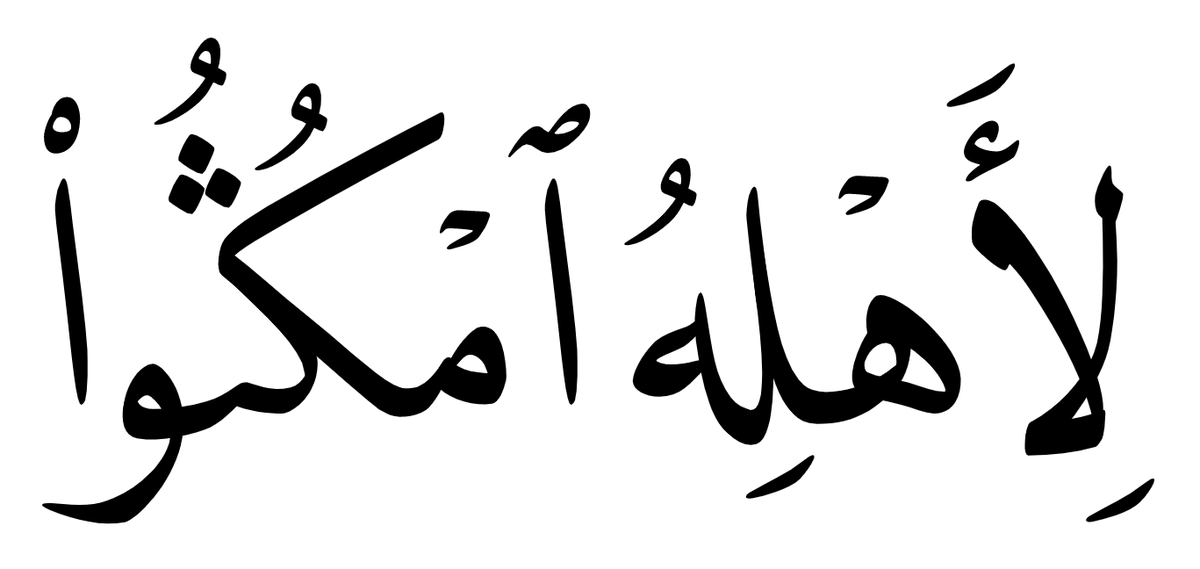For example, in his Jāmiʿ al-Bayān al-Dānī has 4 transmitters for Nāfiʿ: ʾIsmāʿīl, al-Musayyabī, Qālūn and Warš.
christies.com/lotfinder/Lot/…
ko-fi.com/phdnix.
If you want to support me in a more integral way, you can become a patron on Patreon!
patreon.com/PhDniX






















